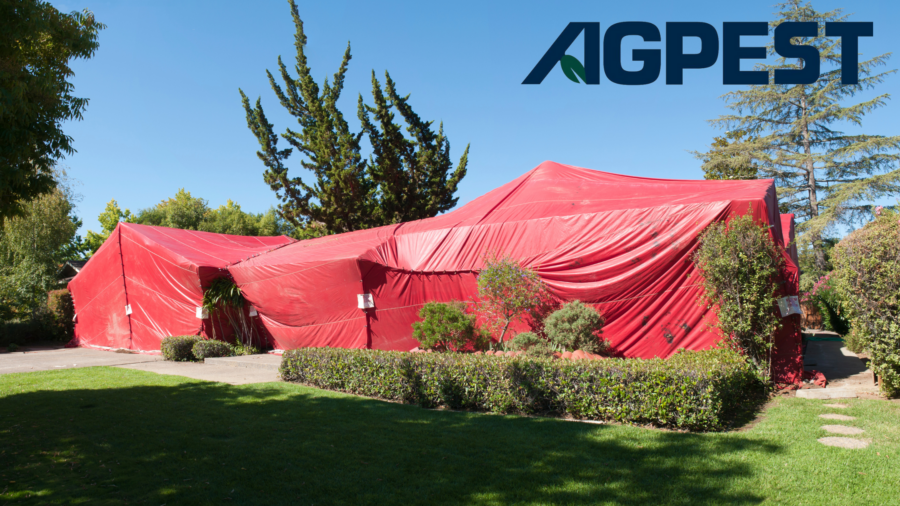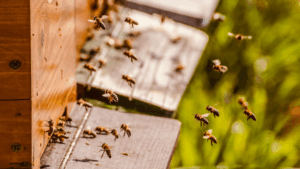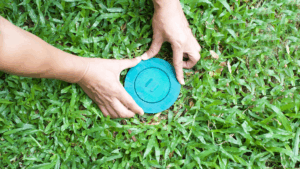Southern California, with its warm climate and lush landscapes, is not only a paradise for humans but also an ideal environment for termites. These tiny, destructive insects can wreak havoc on homes, causing structural damage and significant headaches for homeowners. If you’re grappling with a termite infestation, termite fumigation treatment might be the solution you need to safeguard your home. In this blog post, we’ll delve into the types of termites found in Southern California, what termites can be treated with fumigation, how the process works, and additional termite prevention tips.
Types of Termites in Southern California: Know Your Enemy
Termites are a common pest in Southern California, and there are two primary types that homeowners need to be aware of: subterranean termites and drywood termites.
- Subterranean Termites: These termites build their colonies underground and are particularly destructive. They can enter homes through mud tubes and are often found in damp or moist wood.
- Drywood Termites: Unlike subterranean termites, drywood termites infest dry wood and do not require contact with the soil. They often enter homes by flying and creating colonies within the structure.
Identifying the type of termite infestation is crucial for determining the most effective treatment method.
What Termites Can Be Treated with Fumigation?
Termite fumigation is an effective solution for drywood termite infestations. Unlike other treatment methods that target localized areas, fumigation has the ability to penetrate the entire structure, reaching hidden colonies and eradicating termites in all life stages.
For subterranean termites, alternative treatment methods like soil-applied liquid termiticides may be more suitable. Consulting with a professional pest control company is vital to determine the best course of action for your specific termite problem.
How Termite Fumigation Works: A Closer Look
Termite fumigation involves enclosing the entire structure in a tent and introducing a fumigant gas that permeates every nook and cranny. The gas is lethal to termites at all life stages, from eggs to adults. The process typically takes a few days, after which the tent is removed, and the property is thoroughly ventilated to ensure the gas dissipates safely.
Professional termite control companies employ trained technicians to execute the fumigation process, ensuring that it’s done safely and effectively. It’s essential for homeowners to follow preparation guidelines provided by the pest control company to maximize the treatment’s success.
Additional Termite Prevention Tips: Guarding Your Home
While termite fumigation is a powerful solution, preventing termites in the first place is the best course of action. Here are some additional tips to keep termites at bay:
- Regular Inspections: Schedule regular termite inspections to catch infestations in their early stages.
- Reduce Moisture: Termites thrive in damp conditions. Ensure proper ventilation and address any water leaks promptly.
- Wood Maintenance: Keep firewood, lumber, and other wooden materials away from the foundation of your home.
- Landscaping: Maintain a clear space between your home and landscaping elements to reduce the risk of termite entry.
Don’t let termites compromise the integrity of your home. Act now to protect your investment. If you suspect a termite infestation or want to take preventative measures, contact our expert pest control team for a free termite control quote. Our trained professionals will assess your situation and recommend the most effective and efficient solution tailored to your needs.
Don’t wait until termites take hold—take control of your home’s safety today!



